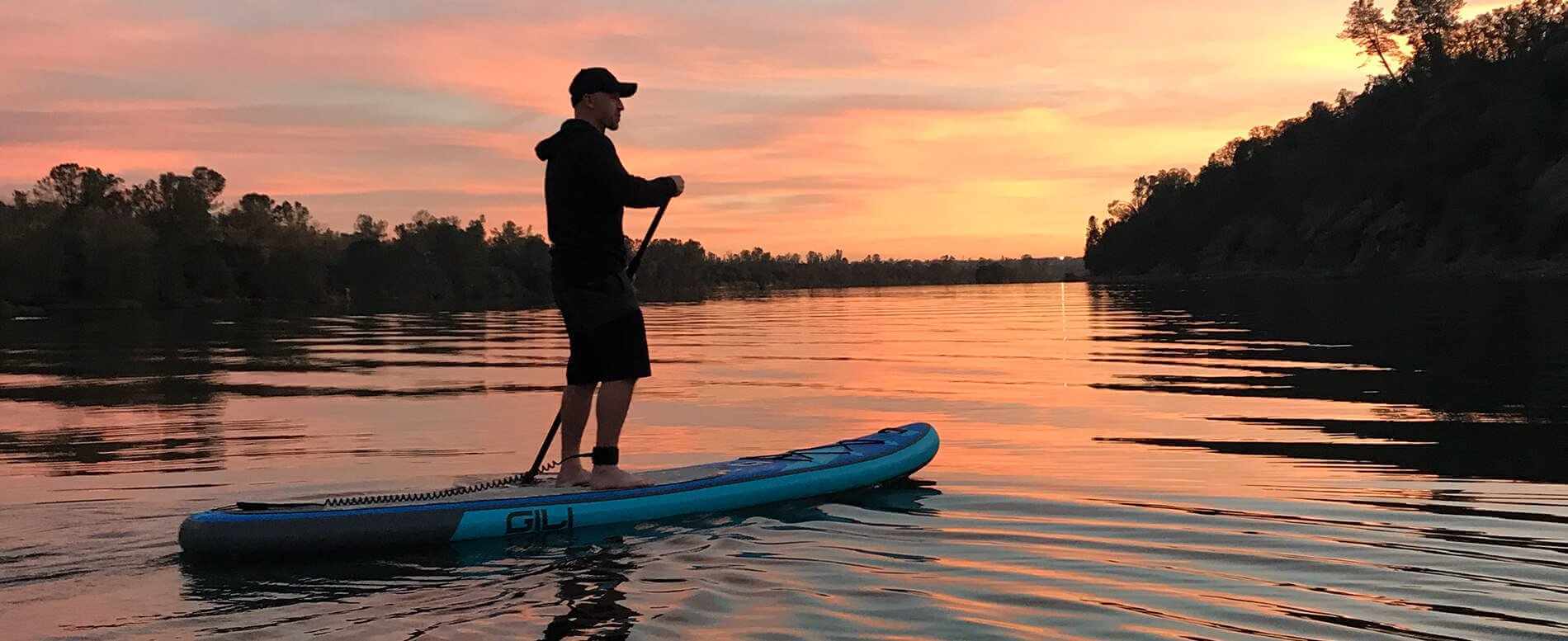Paddle board, often referred to as SUP (Stand Up Paddleboarding), has quickly become one of the most popular water sports worldwide. Whether you’re seeking a peaceful glide across a calm lake or a thrilling ride in the ocean’s surf, paddle boarding offers something for everyone. If you’re new to the sport, this guide will walk you through the essential tips to ensure a smooth start.
- Choosing the Right Paddle Board
The first step for any beginner is selecting the right paddle board. There are different types of boards based on various factors like size, weight, and water conditions.
- Inflatable vs. Hard Boards: Inflatable boards are lightweight, portable, and perfect for beginners. They are durable and easily stored, making them an ideal choice for casual users. Hard boards, on the other hand, offer better performance and speed, especially in racing or surfing conditions, but they require more care and storage space.
- Size and Stability: For beginners, the larger and wider the board, the more stable it is. A board between 10 to 12 feet in length and 32 to 36 inches in width is perfect for those starting. Stability helps you maintain balance, which is crucial as you gain confidence on the water.
- Weight Capacity: Check the weight capacity of the board to ensure it can support your body weight along with any gear you may bring. Overloading your board can lead to poor stability and an unbalanced ride.
- Learn the Proper Stance
Standing on a paddle board for the first time may seem intimidating, but with the right stance, you’ll find your balance more quickly. Here’s how:
- Start on Your Knees: If you’re unsure about standing up right away, begin paddling on your knees to get a feel for the board’s movement. This is a safe way to build confidence.
- Feet Placement: Once you’re ready to stand, position your feet shoulder-width apart, centered on the board. Your feet should be parallel, facing forward, with your knees slightly bent to absorb any movement in the water.
- Body Posture: Keep your core engaged and your back straight. Maintaining an upright posture will help you stay balanced and prevent fatigue. Look forward toward the horizon instead of down at your feet to keep your body aligned.
- Mastering the Paddle Stroke
Paddling may seem straightforward, but mastering your stroke will greatly enhance your experience on the water.
- Hold the Paddle Correctly: The paddle should be held with one hand on the top handle (the “T-grip”) and the other hand on the shaft. Make sure the paddle blade is angled forward; beginners often make the mistake of holding it backward.
- Proper Stroke Technique: The key to an effective paddle stroke is to use your core muscles rather than relying solely on your arms. Engage your torso and rotate slightly as you pull the paddle through the water. This not only conserves energy but also provides more power to each stroke.
- Alternating Strokes: Paddle on one side for a few strokes before switching to the other. This will help you maintain a straight path, preventing unnecessary turns or zigzagging.
- Balancing and Falling Safely
Even experienced paddle boarders occasionally fall, so don’t let the fear of falling hold you back.
- Stay Centered: Always try to stay in the center of the board, as this is where it’s most stable. Avoid shifting your weight too far to one side, as this may cause the board to tilt.
- Fall Correctly: If you feel like you’re going to fall, try to fall away from the board to avoid hitting it. Falling into the water is part of the learning experience, and it’s safer than trying to grab the board on your way down.
- Climbing Back On: When you fall, position yourself next to the board and use both hands to pull yourself onto it. Avoid pulling on the leash or any side handles, as these can cause the board to tilt.
- Understanding Water Conditions
Before you head out, take the time to assess the water conditions. Calm, flat water is best for beginners, as it makes balancing easier and reduces the chances of falling. Here are a few tips on what to look for:
- Wind: Wind can make paddling more difficult, as it pushes the board in different directions. Try to start in light wind conditions, and always paddle against the wind at the beginning of your session so that you have the wind at your back on the way home.
- Tides and Currents: If you’re paddling in the ocean, keep an eye on the tides and currents. A strong current can make paddling more challenging, especially for beginners. Choose a location with minimal current to practice in.
- Waves: Flat water lakes or bays are ideal for beginners, as they lack the waves that can make paddle boarding more difficult. Avoid heading out in choppy conditions until you’re more experienced.
- Safety First
Like any water sport, safety is a priority in paddle boarding. Always wear a personal flotation device (PFD), even if you’re a strong swimmer. Attach a leash to your ankle so the board stays with you if you fall. It’s also essential to be mindful of other watercraft in the area and give them plenty of space.
Paddle boarding is a fantastic way to enjoy nature, get some exercise, and have fun on the water. By choosing the right board, mastering your stance and paddling technique, and being aware of water conditions, you’ll be well on your way to becoming a confident paddle boarder. Remember, everyone falls in the beginning—just enjoy the learning process, and soon enough, you’ll be gliding across the water like a pro!
